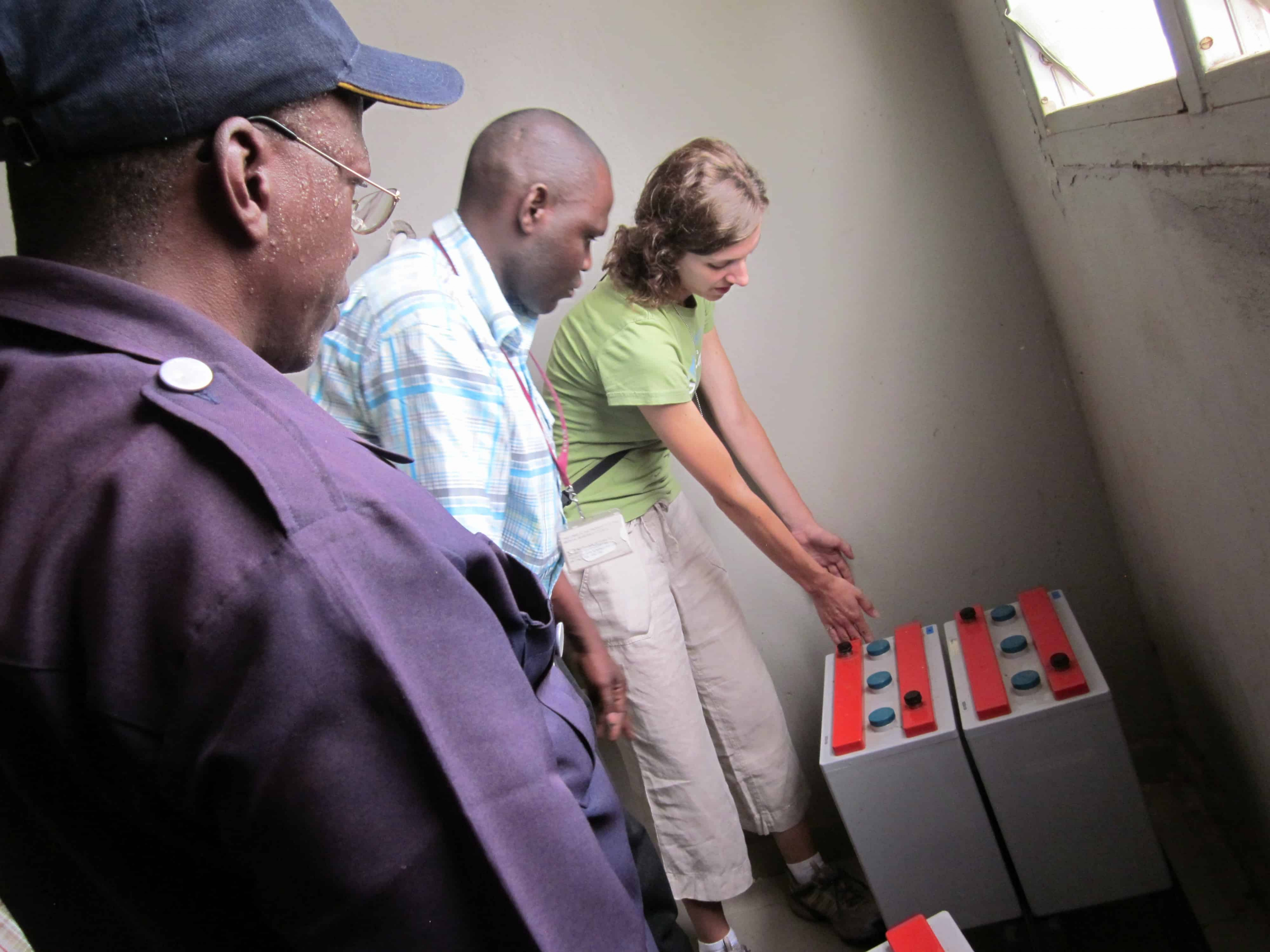North American lives would barely function without electricity. Besides powering smartphones and lighting up the urban landscape, electrical energy also plays a crucial role in hospitals to deliver life-saving resources like medical oxygen. In resource-constrained areas that suffer from frequent power outages, however, access to this oxygen is restricted. Medical oxygen is not widely available in low-and middle-income countries despite its essential role in managing illnesses like pneumonia.
Graduate student Beverly Bradley’s goal is to tackle this issue from a global engineering perspective.
“Global engineering is about picking problems that are important, interesting, and global in nature, and then thinking about the engineering part after,” says Bradley, one of two students pursuing a PhD through U of T’s Centre for Global Engineering program. Bradley aims to tackle childhood pneumonia in Gambia by using better technology to improve oxygen access and supply in health centers.
In developed countries like Canada, medical oxygen is generated on a large scale using industrial-sized generating systems. Oxygen is piped throughout the hospital and made available at every bedside through an oxygen outlet. Although this is an energy-intensive process, it is part of hospital design. In much of the developing world, oxygen is delivered using gas cylinders or oxygen concentrators. Concentrators have been used for decades in the homes of senior citizens with lung disorders and are preferred over cylinders due to their cost effectiveness. One main drawback is their reliance on electricity. Gas cylinders present their own drawbacks, as they are inconveniently heavy to handle and last only a few days with continuous use, requiring frequent refills.
Bradley knew she had to overcome these issues in coming up with an approach to deliver medical oxygen in Gambia. Her solution is an oxygen concentrator machine powered by a backup battery. For Bradley’s pilot study, the machine is being tested in a pediatric home in Gambia. So far, her device has been shown to compensate for fluctuating power supply; the backup battery charges when grid power is available.
During power outages, it can take several minutes for nurses to get to the patient’s oxygen device. With the battery-powered device, Bradley says the hospital has seen a huge improvement in response time. It’s a seamless transition during power outages because the machine is plugged straight into the battery. The oxygen device can operate for 20 hours without being charged.
“So now, oxygen is not something health workers have to worry about in Gambia. It makes their lives easier,” Bradley adds.
Part of Bradley’s work is monitoring the device’s performance and making sure that it’s supplying oxygen when needed, as well as gathering feedback from nurses and practitioners. “For me, the most important thing at the end of the day is that I’ve made a difference. This is allowing me to do that by having one foot on the ground in a real setting where these problems actually exist,” Bradley says.
When asked what being a global engineer feels like, Bradley says she’s not really sure, but she thinks it’s a great place for collaboration. “I feel privileged that I can work on something I think is important — one foot on the ground and [one in] the reality here at U of T, which is a powerhouse when it comes to global health leaders and engineering leaders. That combination is good.”


